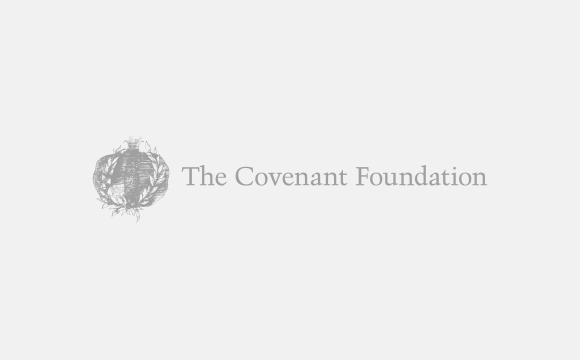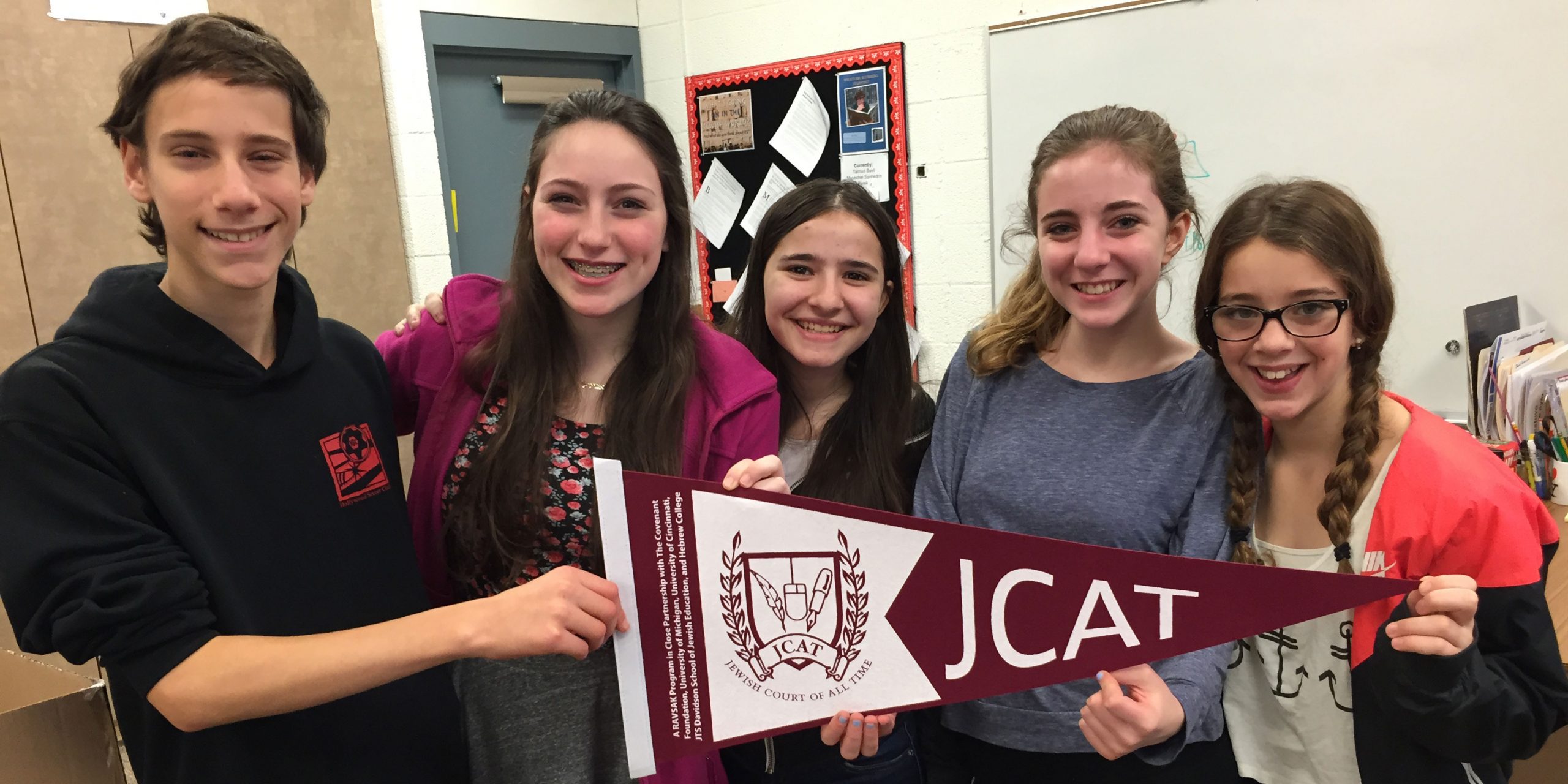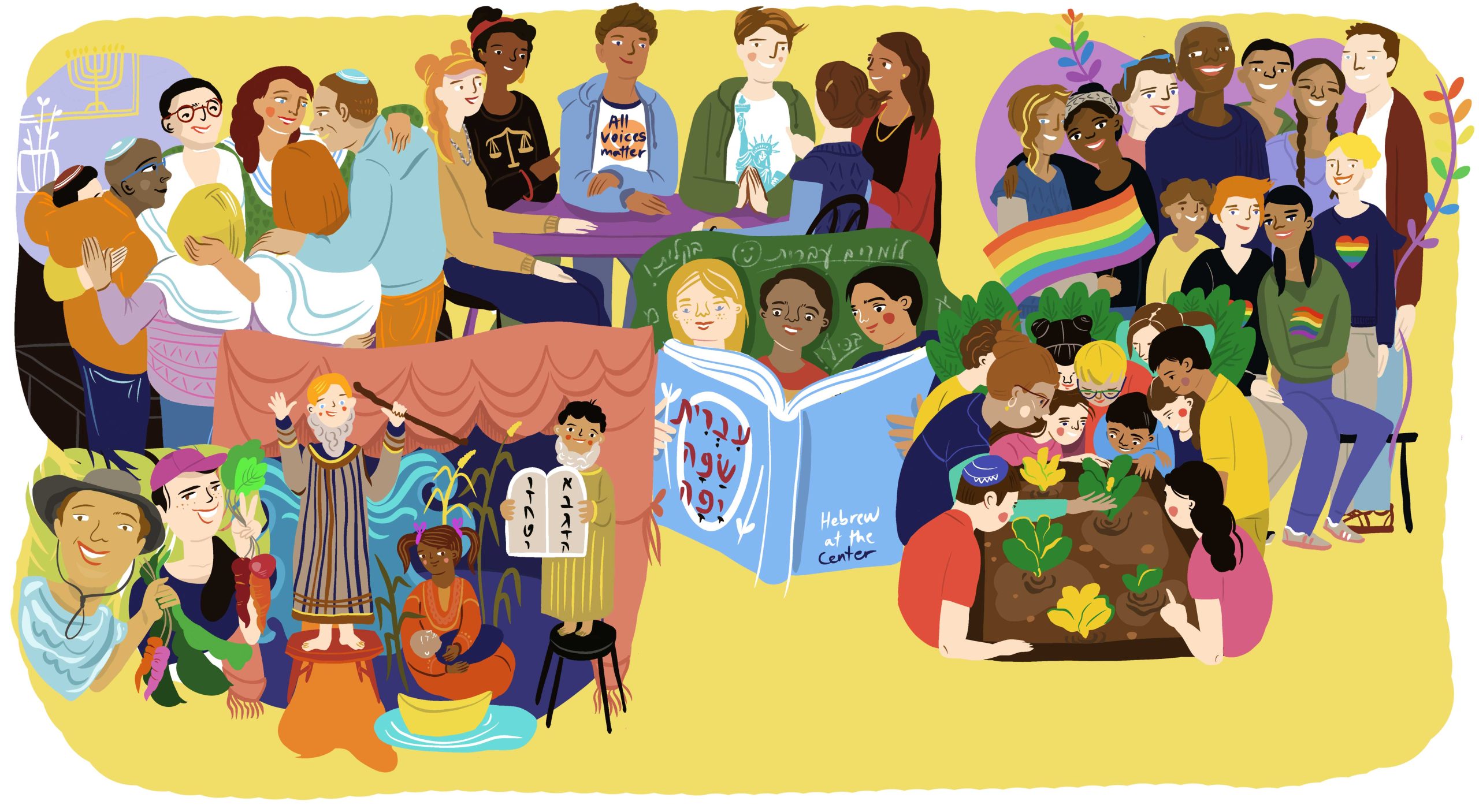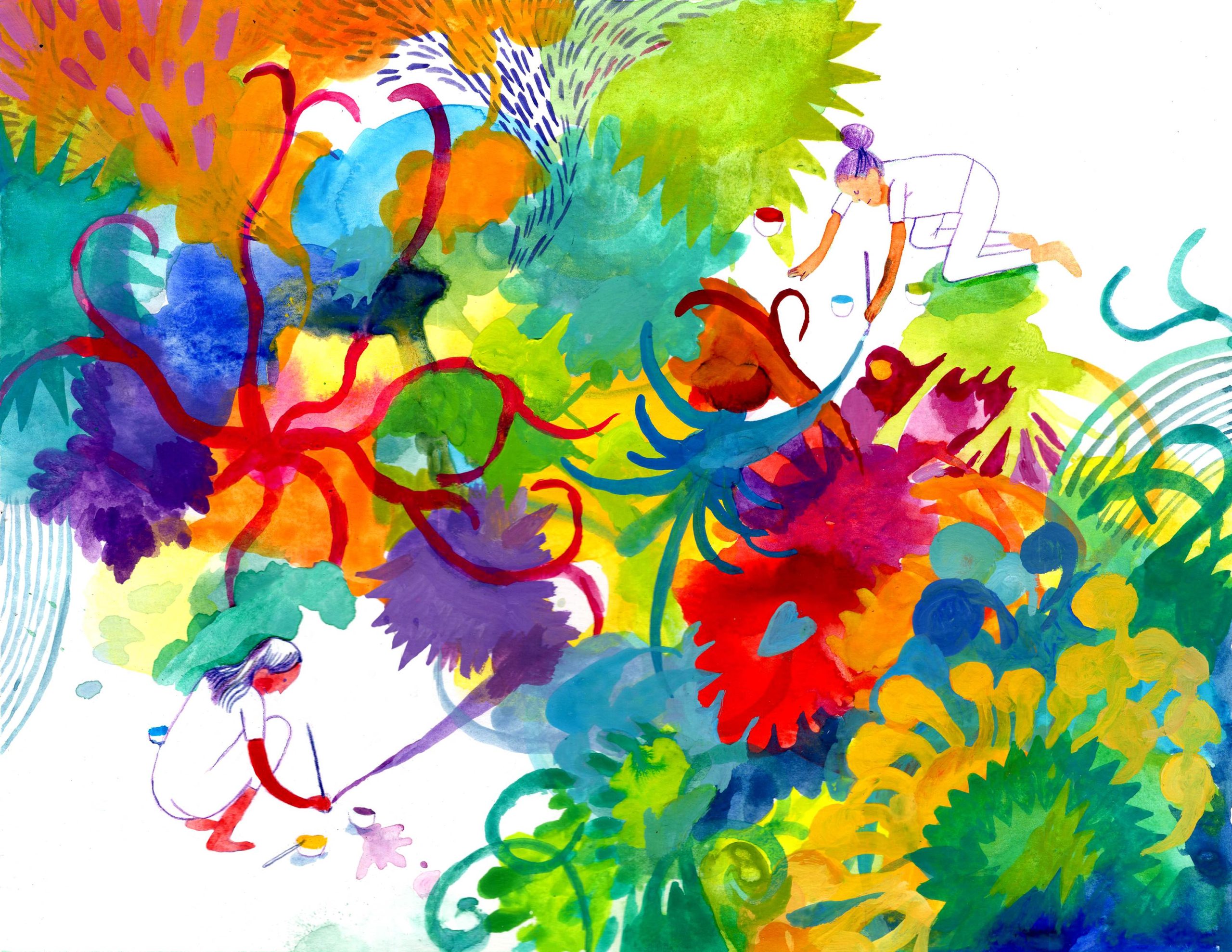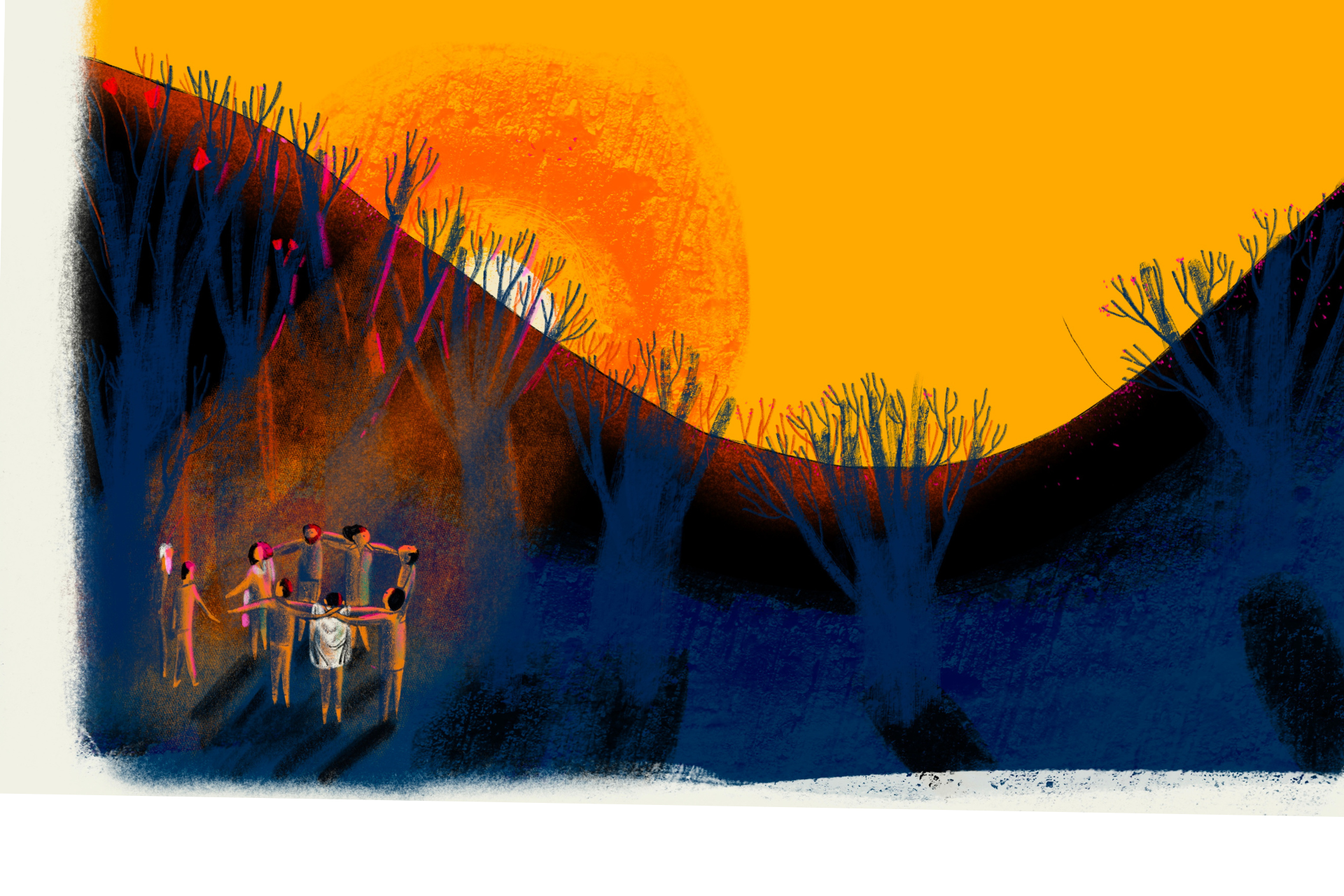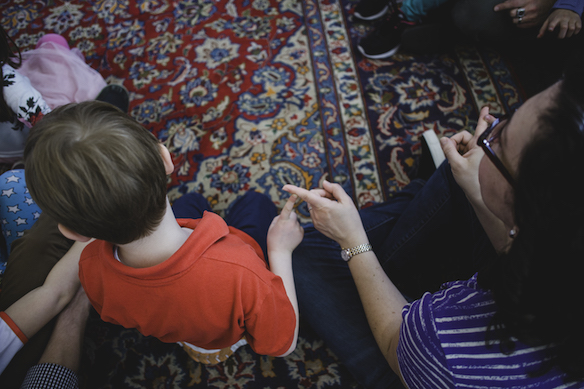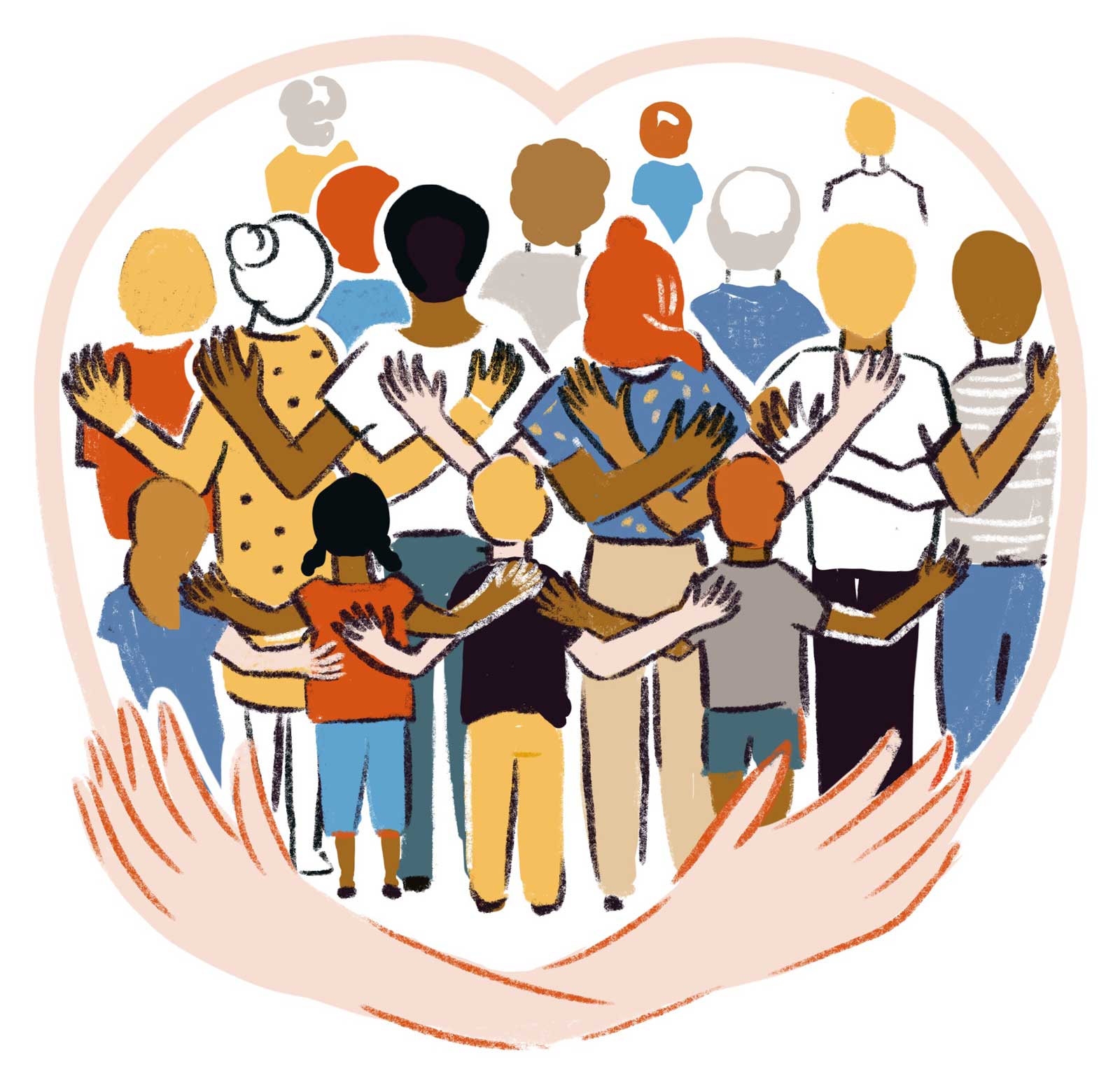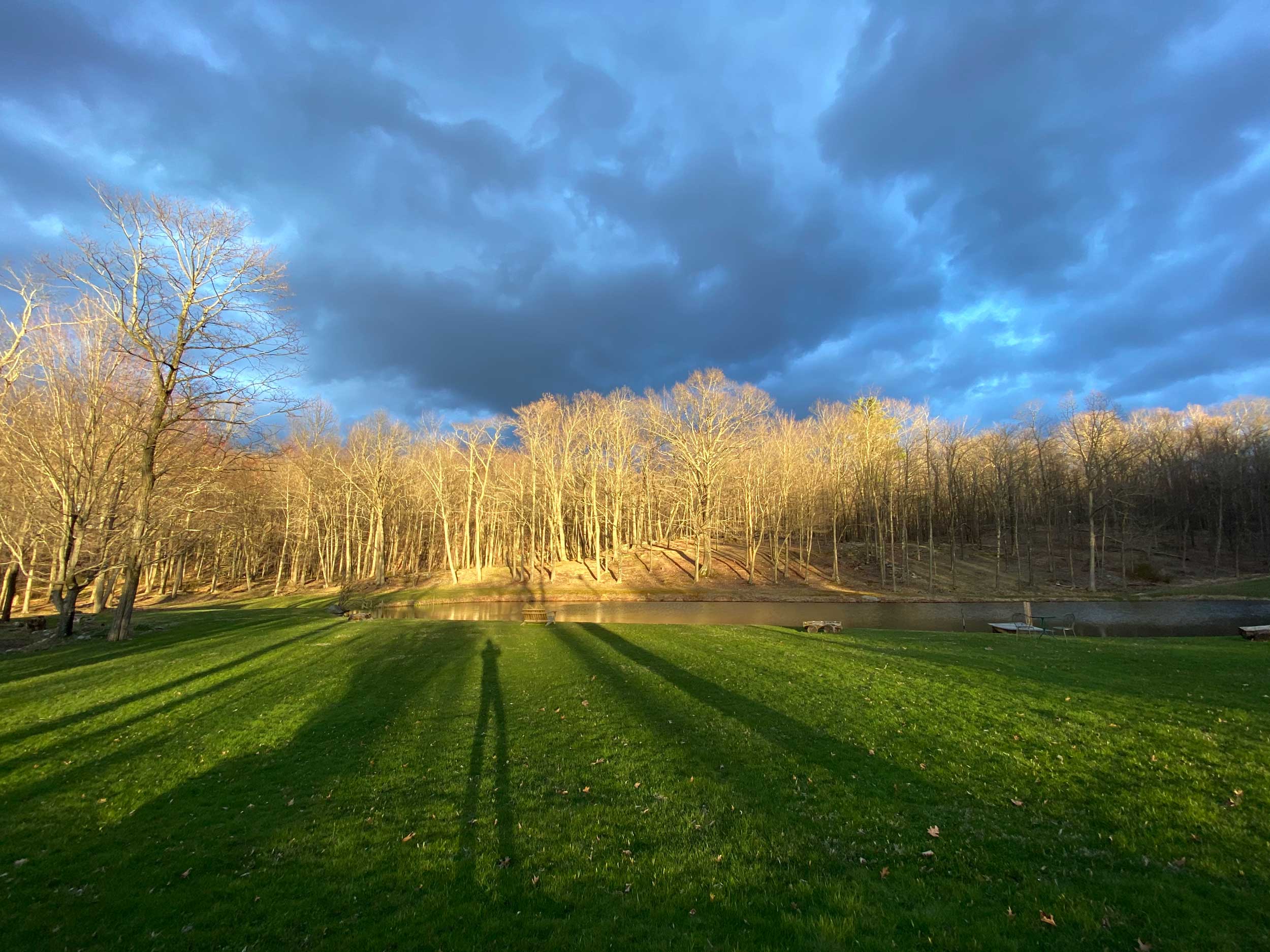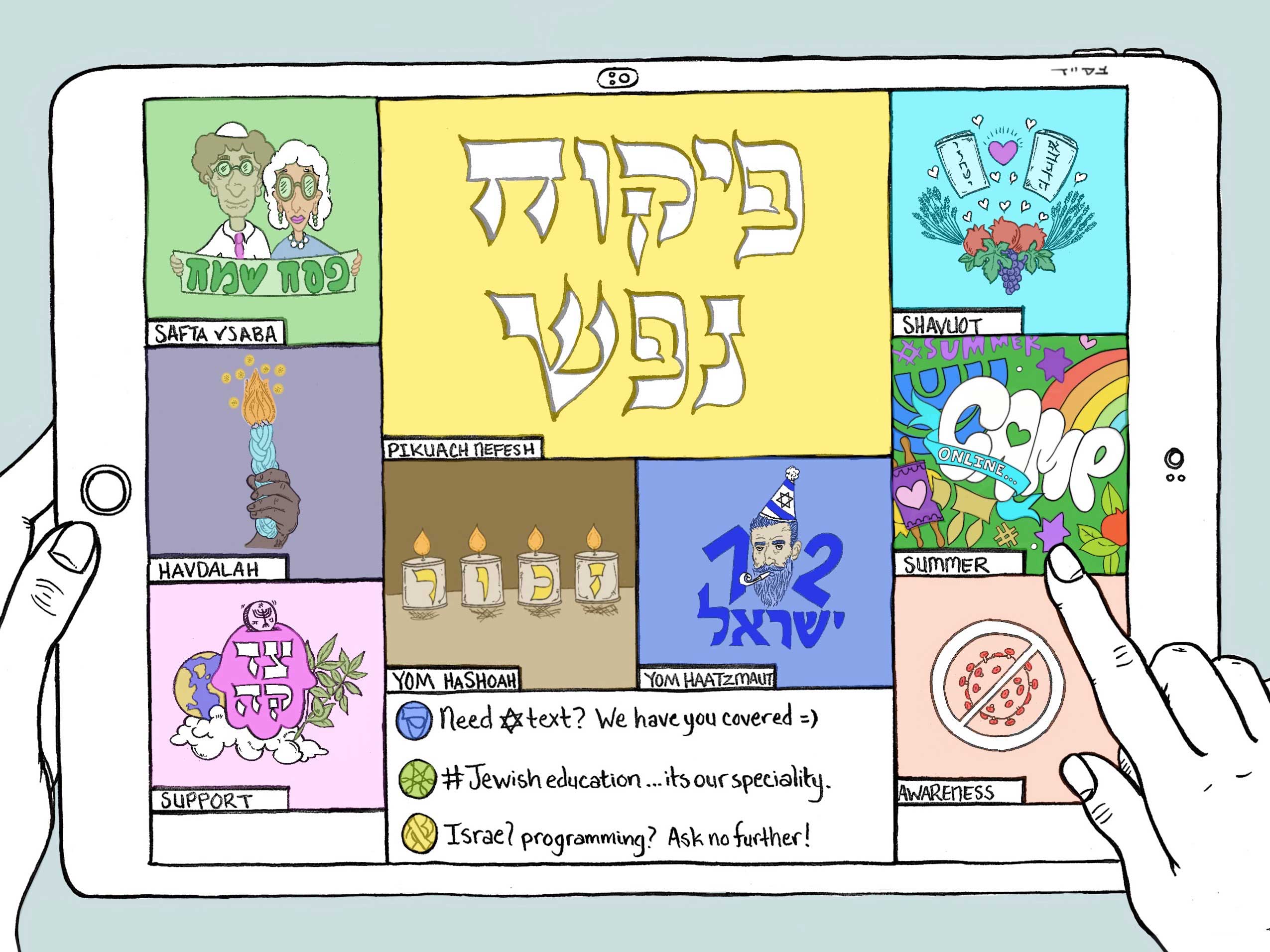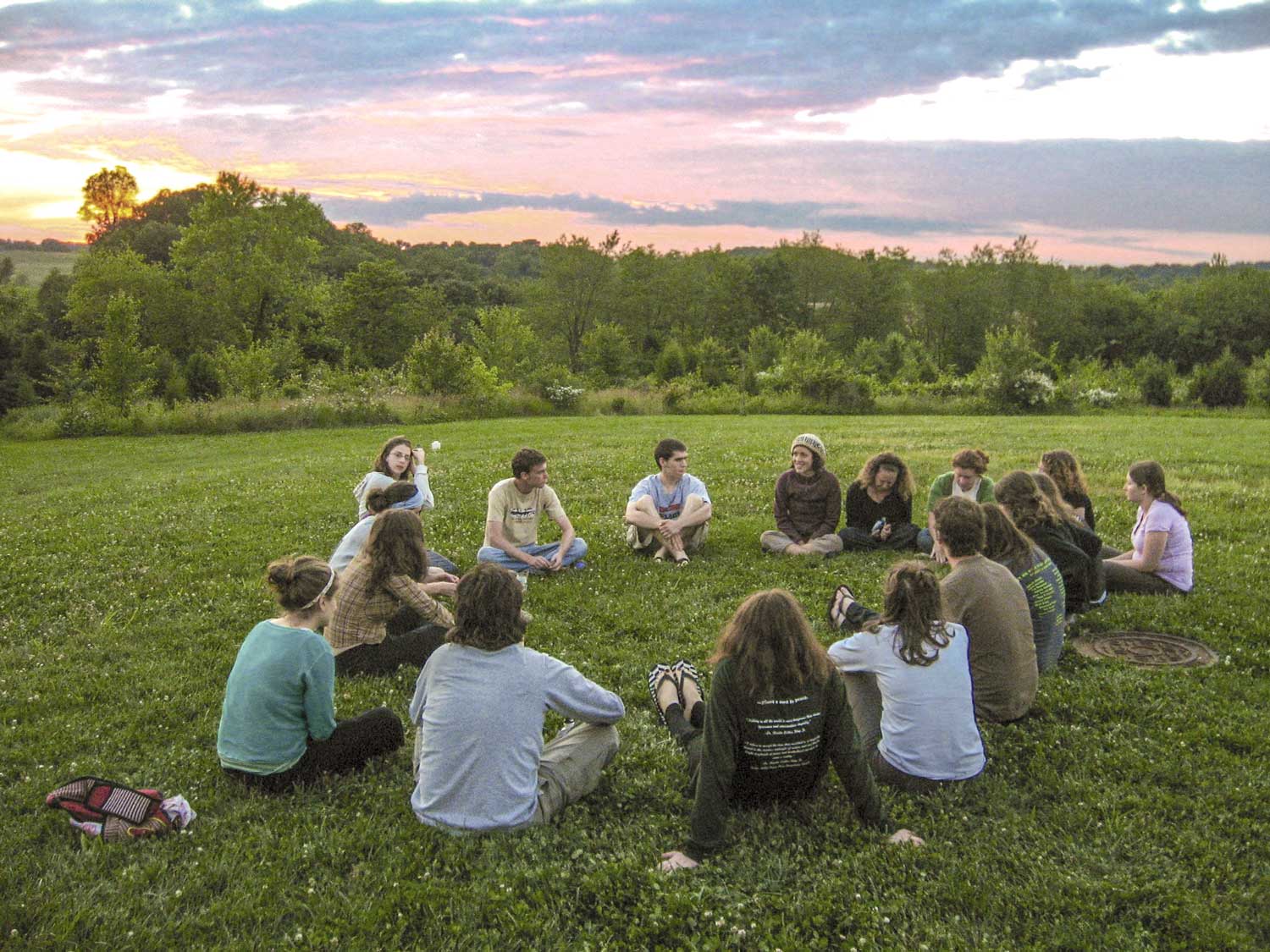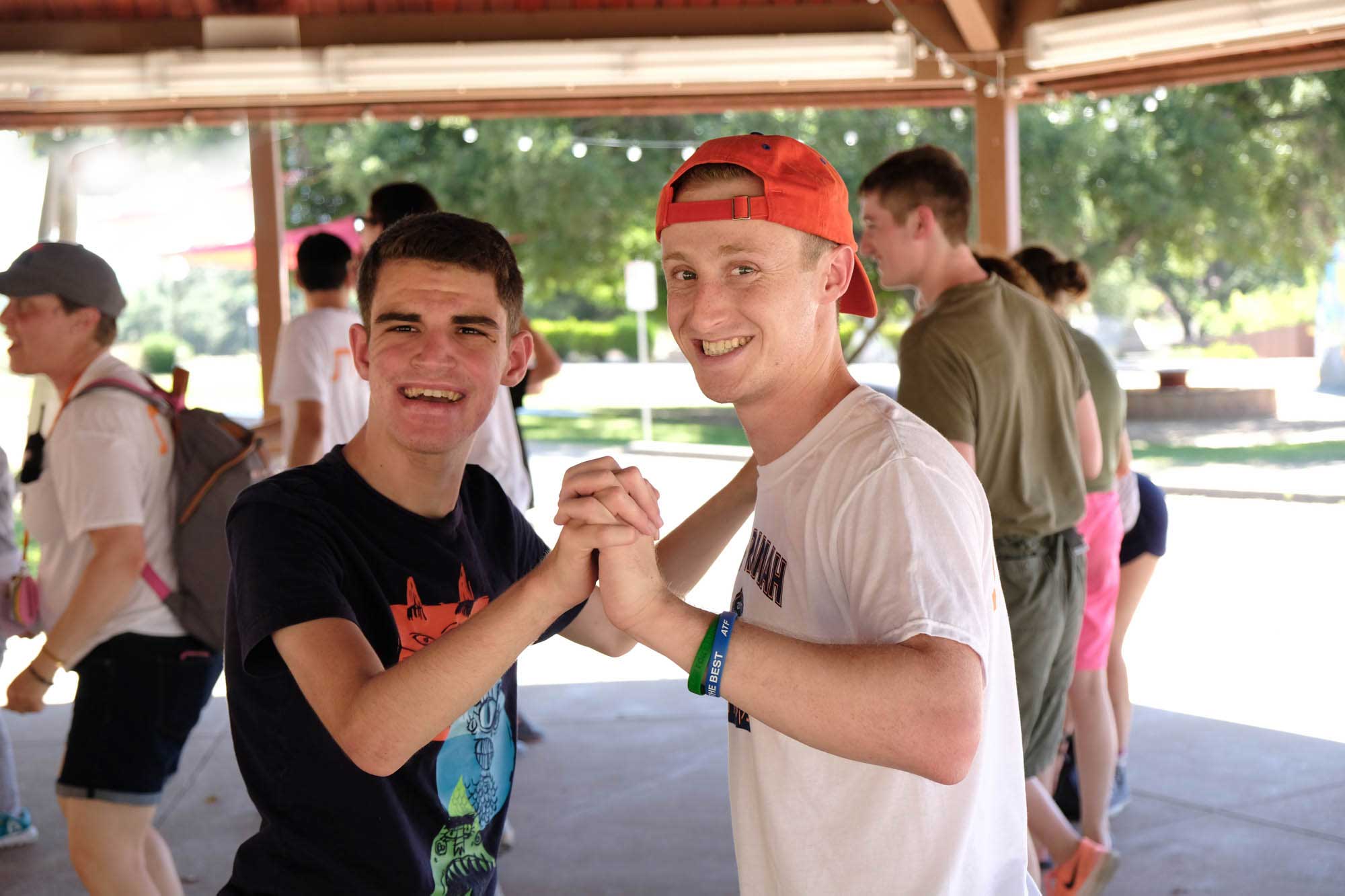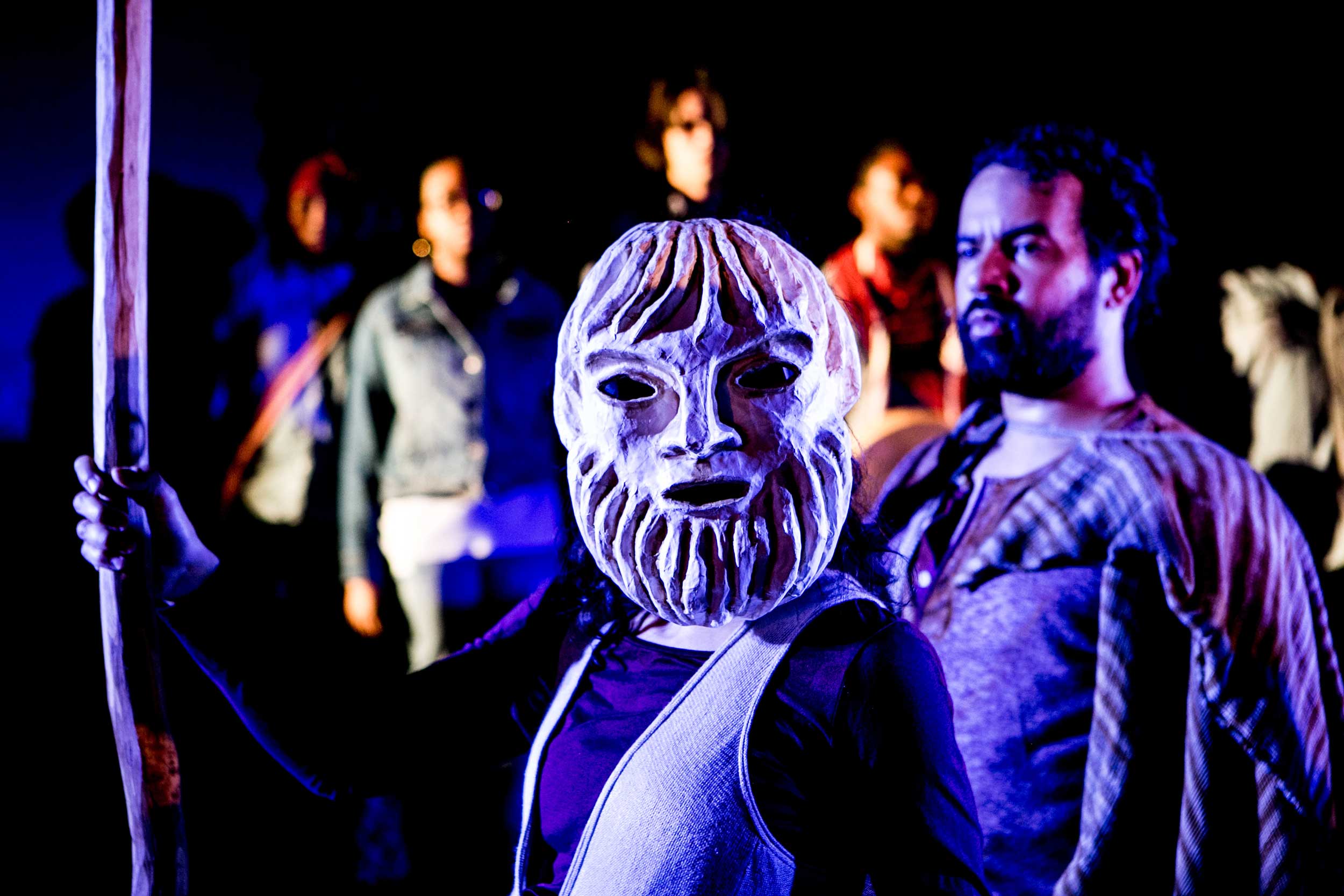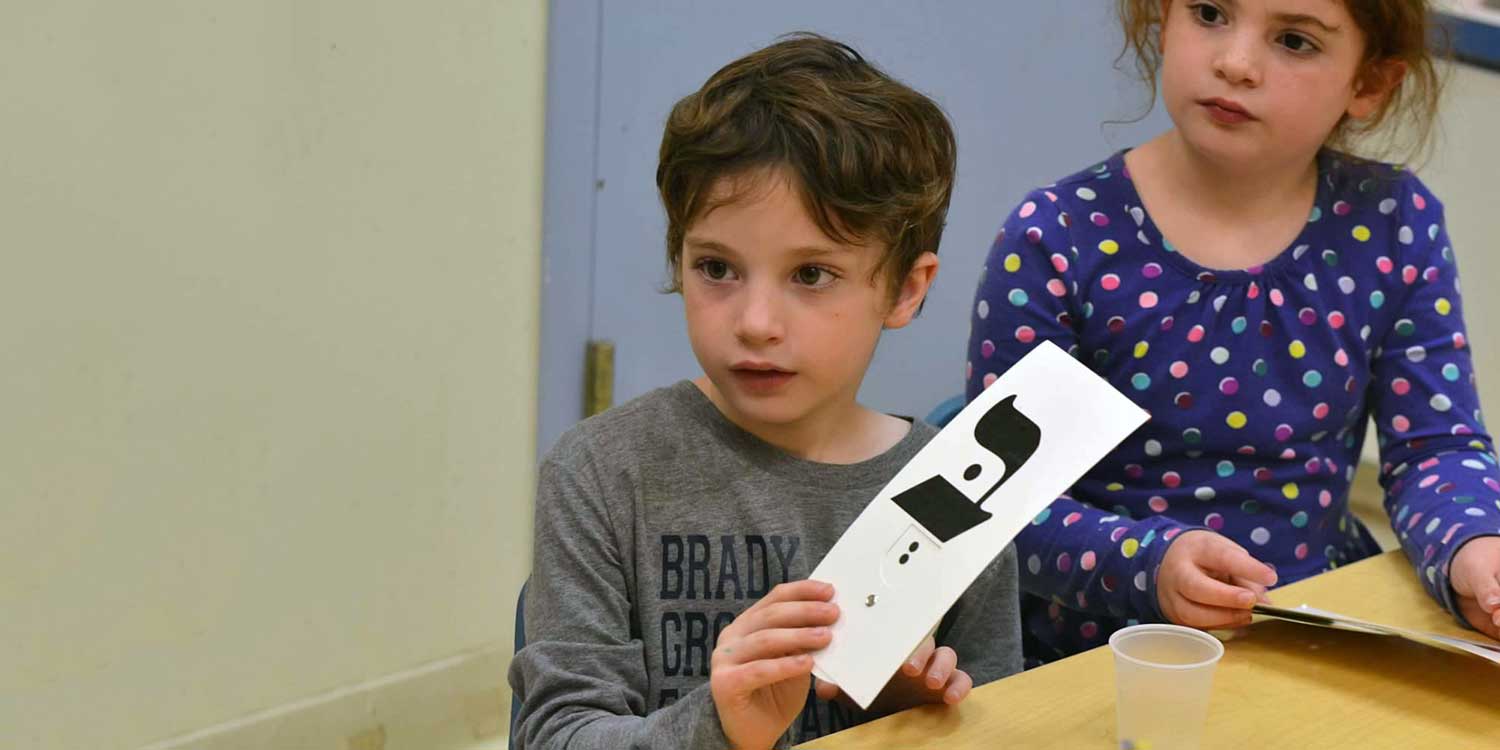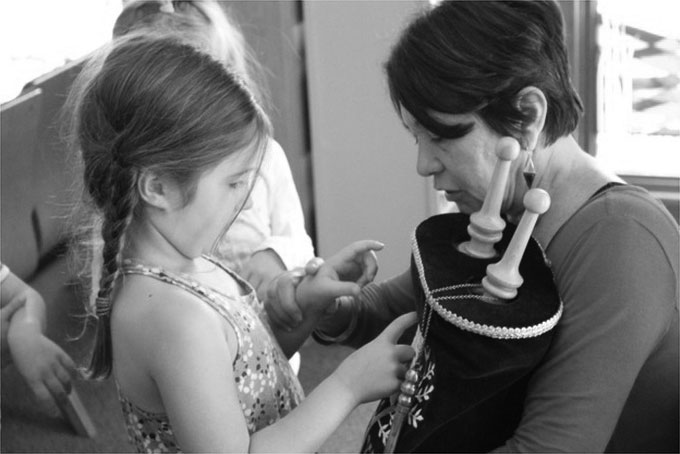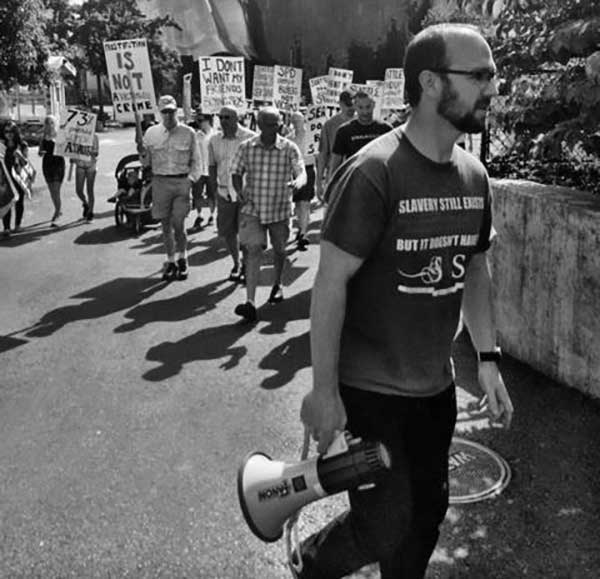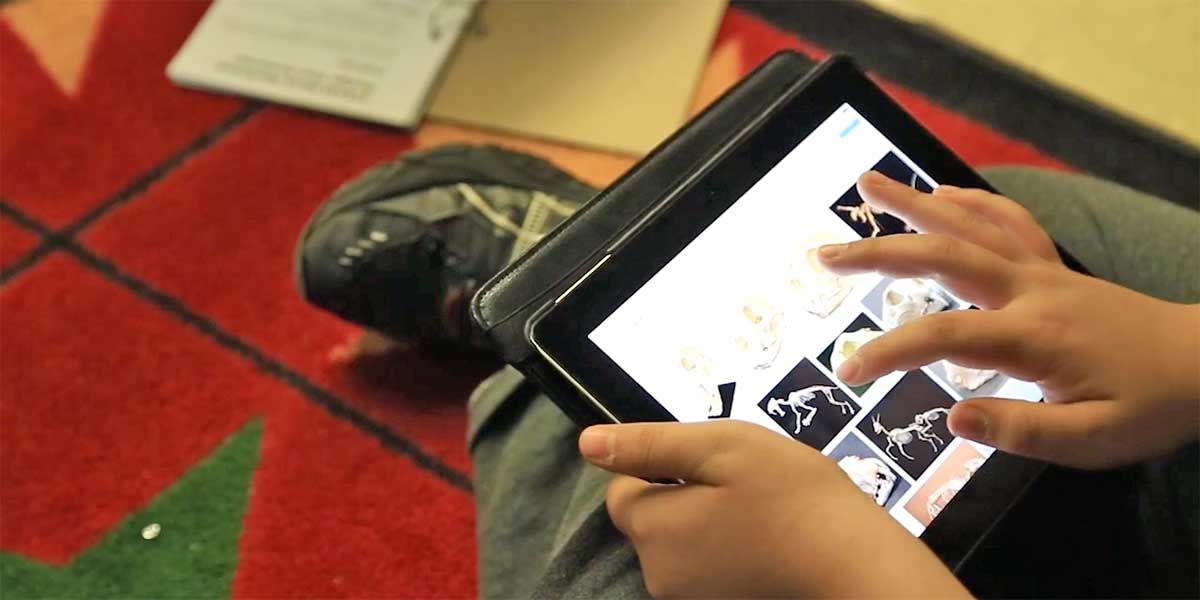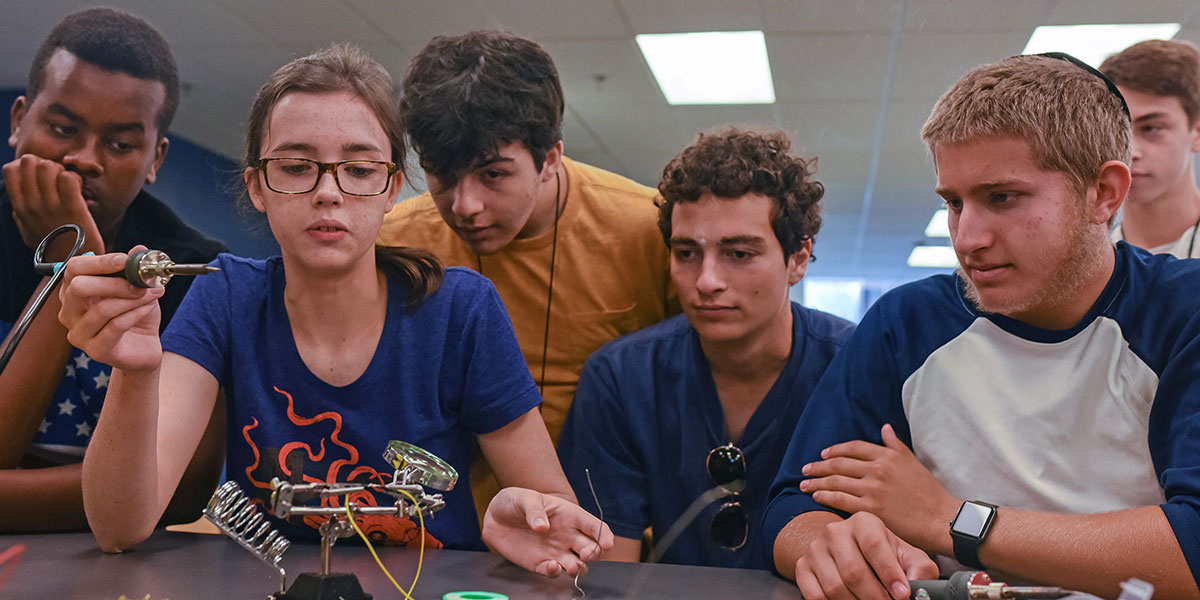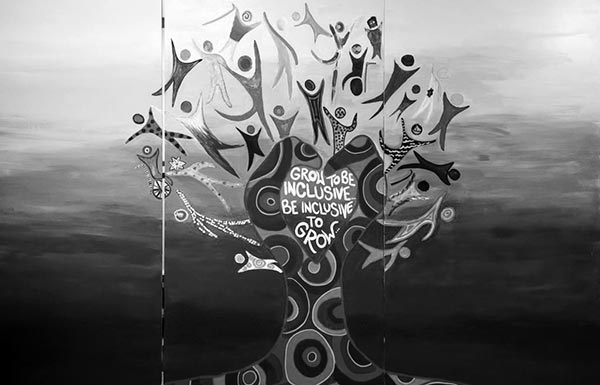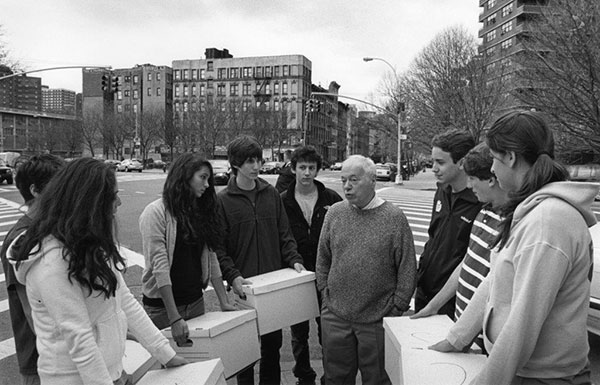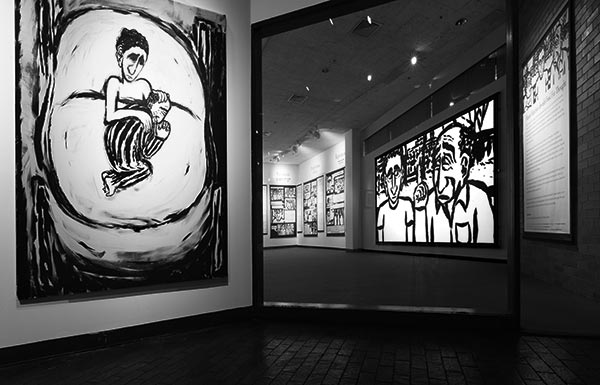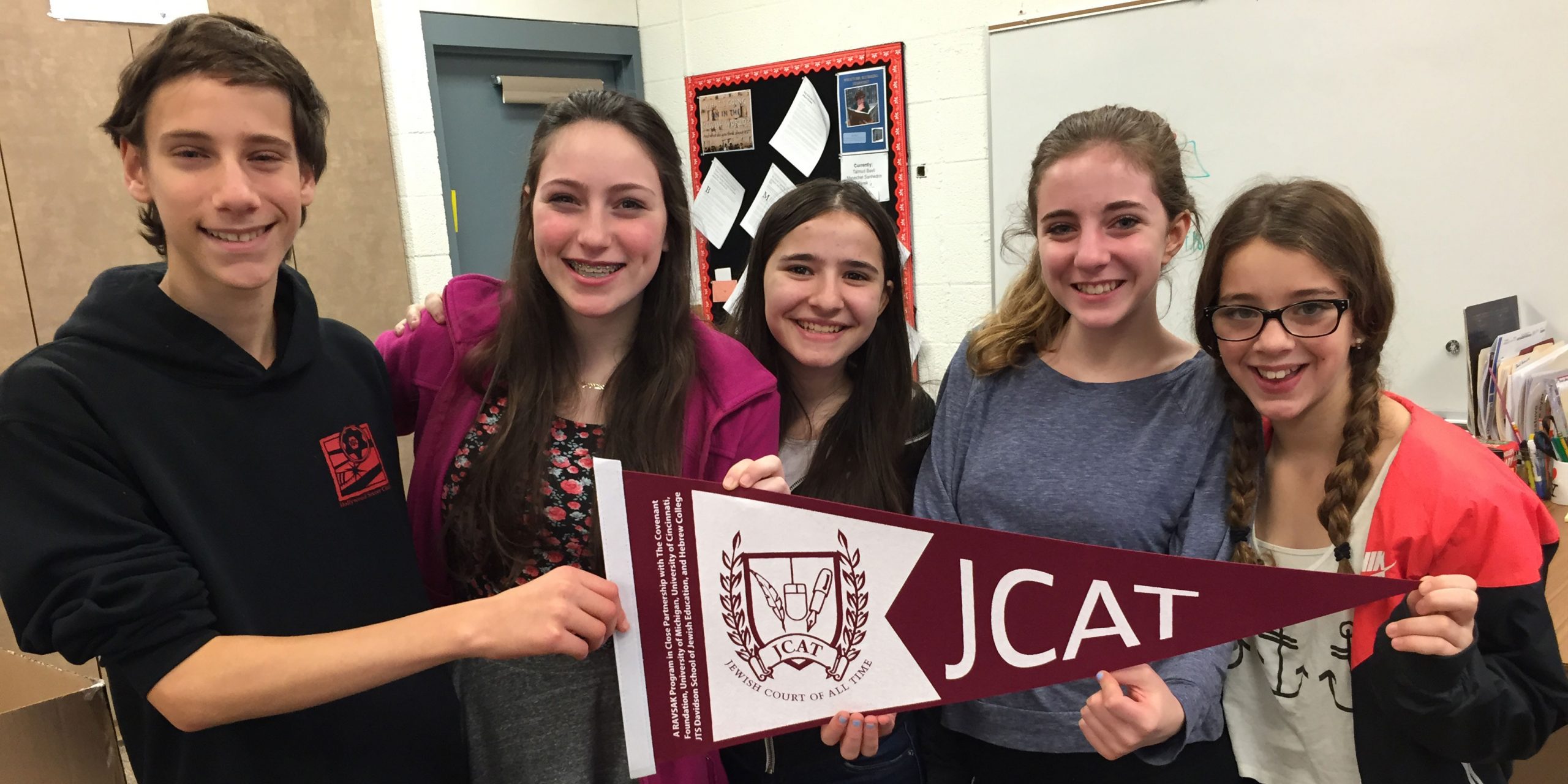
ARTICLE The Enchantment Factor: A Conversation on the Pedagogical Benefits of the JCAT Virtual Space
Seasoned educators know that regardless of the hours spent planning, sometimes, teachable moments take on a life of their own.
That’s precisely what happened when, in the wake of the terrorist attacks in Paris on November 13, hundreds of middle-school students participating in JCAT, a web-based project that involves virtual role playing and discussion around significant Jewish figures and events, took to their computers to question, process and begin to try and understand the harrowing events, in real time.
The catch? They were all “in character.”
This year’s JCAT case--set in France--concerns Laila Mokeddem, a young Muslim high school student who lives near Grenoble and was denied entry to her high school because she was wearing a hijab, and Gilles Blum, a Jewish high school student living in the Marais district of Paris, who was told that he could not attend classes while wearing a kippah that school officials deemed to be too large and distracting. Laila and Gilles challenge French law against ostentatious religious symbols, and claim that the ban violated their human rights. The French courts reject their appeals, and Gilles and Laila bring their case to the Jewish Court of All Time, where students are now currently debating and discussing French secularism, the ban on outward religious symbols, and related issues of anti-Semitism in France and the state of Jewish life in Europe.
And now, even more than that, too.
“We spent a lot of time, over several days, responding to questions and comments in a reflection forum, from the President of France to Lady Gaga,” explained Deborah Skolnick Einhorn, Assistant Professor of Jewish Education at Hebrew College and a RAVSAK Project Director, referencing just two of the many roles that the 2015-2016 JCAT middle school students are currently playing in this virtual game.
“Unprompted, the students began changing their JCAT profile pictures to French flags, or to the Eiffel Tower peace sign image, which in many ways mirrored what was happening on social media platforms outside the game. It reminded me of how this program is true experiential education.”
“We had a student who posted a condolence on his personal Facebook, page and it happened to have been the student who was playing the role of Pol Pot, the brutal Cambodian dictator,” said Jeff Stanzler, Director of the ICS group at the University of Michigan, and a co-creator of Place out of Time (the basis for JCAT and the brainchild of Stanzler and colleagues Michael Fahy and Jeff Kupperman, an Associate Professor of Education at the University of Michigan-Flint).
“One of the ways that an online classroom enhances the learning experience is that it allows for a dramatization of relationships between self and character,” Kupperman said. “The students are playing all different people, contemporary and historical, and what gets foregrounded is ‘what do I think,’ ‘how do others think,’ and ‘how do I want to express myself to a captive audience?’”
Stanzler also explained that for these 7th and 8th grade students, this could be one of their first experiences with an engaged public audience who are very interested in what they think.
“It’s the ‘enchantment factor,’” added Yael Steiner, Student Programs Coordinator at RAVSAK, The Jewish Community Day School Network, quoting a term coined by Fahy about this process of finding a voice online. “When [the student playing] Golda Meir posts a speech, you really are transported as you read it. There’s a weight to what’s happening in the virtual space, and the students respond in such a serious way. They feel like their words matter. It’s quite empowering for that 12-year-old.”
Miriam Raider-Roth, a Project Director, a Professor of Educational Studies and Director of the University of Cincinnati Center for Studies in Jewish Education and Culture, called her introduction to JCAT an eye-opening experience, as both a professor and a parent. She discovered JCAT through her son, who participated in the pilot program when he was in 7th grade.
“He was playing Albert Einstein,” explained Raider-Roth, and I noticed something altogether different about his engagement. He was a shy writer and didn’t like to read aloud in class, but suddenly he was writing his character responses with force and power in that virtual space. And since then, we’ve seen a lot of kids like him use the space to locate and articulate their voice.”
“The virtual space [of the JCAT website] creates an emotional safe space, where a student can really inhabit their character fully, while also learning how to be respectful of differing opinions,” added Einhorn. In yet another real-life twist, Einhorn also mentioned that there’s a student currently playing the role of Marine Le Pen, the leader of the far-right French political party Front National who has advocated for much stricter immigration policies in France. “And on the discussion board, the student playing Le Pen stayed in character, but did it in a gentle way, through coaching from her teacher.” That delicate dance of navigating the chasm between natural empathy the students might feel in their “real” lives and the historical accuracy required for them to play their roles successfully, has added benefits, Einhorn explains.
“This helps adolescents become safe online participants,” added Meredith Katz, Clinical Assistant Professor of Jewish Education and Coordinator of the Online MA Program at JTS, “and learn how to conduct polite online conversation. While that’s a lot for a 12 or 13-year-old to hold in his or her head, we are in partnership with classroom teachers, and they are helping students practice those conversations as well.”
This partnership becomes especially important when students are playing "controversial" or not so popular characters like LePen, added Katz, a JCAT Project Director. As she explained it, the characters are vital to a healthy discussion and an exciting simulation, but the students playing them can take a lot of heat, understandably. The Project Directors work with the teachers of the students who choose to take on these roles to provide support.
“From my perspective,” offered Jeff Stanzler, Director of the ICS group at the University of Michigan-Ann Arbor and a Lecturer in the School of Education, “the virtual space contributes to the slowness of response time; allows us to take a beat and not respond off the cuff, as we might if we were face-to-face. In this game, students have to pause and carefully consider the merits of their words.”
On the JCAT site, someone opens a new conversation thread, and participants respond in kind. The faculty all agree that while there are exciting new ways that the technology of the JCAT program could be enhanced (with cool tech add-ons like “second-life avatars,”live video,or 3D real-time interactions),for sound pedagogical reasons, they’re not in a rush to go there.
“We know that the relatively slow pace of interactions that happen on the site, where you receive a message, and you might compose a response, but first, you might also show it to your teacher or peer--this process could take a whole day, and so the response doesn’t come immediately,” explained Kupperman. “This allows for some face-to-face classroom interactions that are actually pretty important in the pedagogical sense.”
Kupperman added that when considering JCAT’s merits, it’s crucial to remember that the middle-schoolers are participating in a classroom, not a distance learning course where kids are sitting at a computer on their own.
“Most often, there’s a whole classroom doing things together, and teachers are using what’s going on in JCAT as a starting point for interesting discussions in the classroom. And we don’t want to undercut those necessary learning opportunities.”
And the learning opportunities don’t just exist for the students. In fact, the Reshet, the RAVSAK-run email listserv that exists just for the teachers, a space for them to discuss what’s happening in their classrooms, has become a place where teachers can connect and form community, and share resources, too. “We have 35 teachers who currently participate in JCAT—in the early years there were 10—and in addition to webinars, the Reshet has taken off as a space for teachers to share, learn from each other and connect. We can see how much the teachers value that space, and their expressions of gratitude to other teachers for sharing what’s happening in their classrooms,” said Steiner.
One more layer of JCAT comes from the work of graduate student "mentors," students enrolled in JCAT-related coursework run by the project directors at their home institutions, noted Katz. The graduate students assume characters with the simultaneous assignments of participating in the simulation as a learner exploring the case and as a coach to probe the analytic and discussion skills of the middle school characters. It is a unique opportunity for these students to explore blended learning "in action." They use course time to reflect on their experiences, consider examples of student work and brainstorm potential developments for the case. The Michigan students have a weekly face-to-face class meeting while at JTS and Hebrew College the courses take place online.
“Without this a virtual space,” said Einhorn, our classroom wouldn’t exist. We have graduate students all over the world, who, for various reasons, can’t be physically present on campus, and so the seminar must be virtual, in order to work. Through the online classroom, they can share their collective field experience and reflect, which make this a unique and essential learning opportunity.”
And the field is taking note. Raider-Roth noted that a recent book, Going Online with Protocols: New Tools for Teaching and Learning, published by Teachers College Press, offers a write up of the JCAT protocol used for the teachers’ webinar. “The protocol offers a guide for how to create a structured discussion, where instead of saying ‘what do you all think,” which can get messy in a webinar format, there’s a process for walking through a conversation.”
“What’s happening in the simulation spaces has been important to me and my students here,” Raider-Roth added. We’re looking at how this type of learning can change, support and improve pedagogy.”
“The world of Jewish education is contributing to larger conversations about technology and simulated play,” she said. “Now, the field of Jewish Education is not just learning from General education, but also, informing it.”

When Jewish Values and Technology Meet: Text Me Offers A Family Education Opportunity
996

